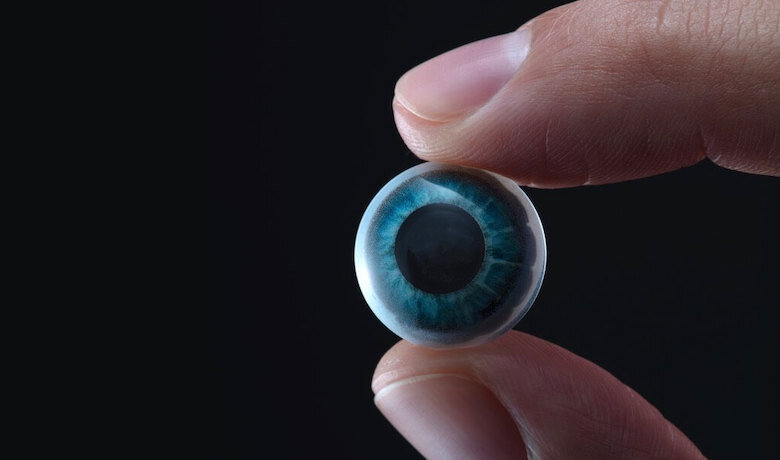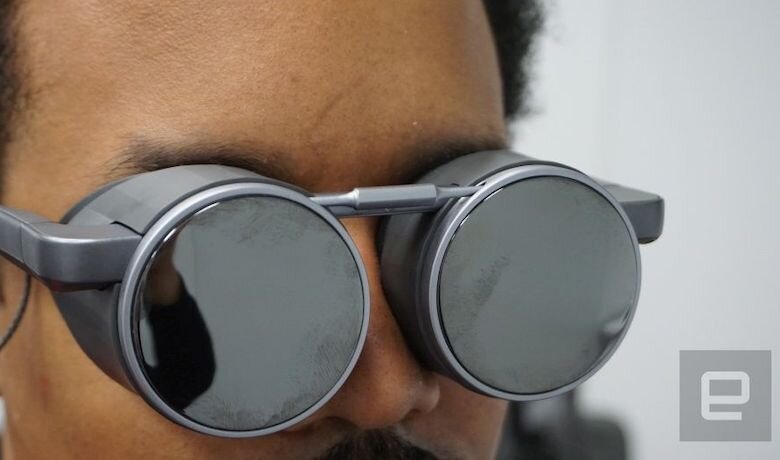Earlier this month, Las Vegas and the tech world were abuzz about the 2020 Consumer Electronic Show (CES). According to Forbes, “CES is a celebration of creativity and the desire to make things smarter, faster, and better,” and it showcases the innovations from startups, tech giants, and manufacturers alike. For many, it’s a glimpse into what’s to come next.
As museums and cultural attractions increasingly move to stay on top of technology trends and leverage innovative tools to enhance the customer experience, transform membership, and delight visitors, many of the exciting things unveiled at CES could have enormous potential to deliver value in the cultural sector.
Read on to discover five new technologies revealed at CES that could shape the future of the museum experience:
Personalized Onboarding and Guided Experiences
Source: Delta Airlines
One of the highly-lauded announcements at CES was this revelation by Delta: “A futuristic message board that delivers tailored airport information to travelers, in their own language, with a scan of a boarding pass.” This new display technology (also being called “parallel reality”) “allows many people looking at the same display simultaneously to see different things.”
This innovation promises to shape a range of industries looking to expand personalization and curate the customer experience.
Airlines have long been in the vanguard of harnessing cutting-edge technologies, soon adopted by other sectors. For example, airfare has long been determined by dynamic ticket pricing, and airlines led the way in driving the adoption of mobile tickets and mobile wallets, both of which are now widespread in museums and attractions.
This message board has the potential to be used as a visitor onboarding and welcoming tool across visitor-facing organizations. Just imagine if people could receive a customized welcome in their native language. These initial touches can shape the entire customer experiences, which is quickly becoming the biggest distinguisher across the nonprofit and commercial worlds alike
New Ways of Displaying Content through Gaze Detection
Source: BMW
Another key innovation where museums should take note is BMW’s big reveal: a gaze detection system. This system has many applications in the automotive world: “[vehicle-enabled] artificial intelligence detects when a passenger fixes their gaze on an object outside the car and offers them relevant information on it or other ways to interact with it.”
Yet, the possible use cases of this technology stretch far beyond automotive innovation. Indeed, this has the potential to be wielded as a new means of content delivery in the cultural sector. Imagine if visitors could receive customized information as they move through a space, according to where their gaze lands? This be a game-changer when it comes to offering curated tours.
Fun Fact: There have been several eye-tracking studies in the cultural sectors over the years: National Gallery ”Telling Time” – the largest eye-tracking study in history.
Augmented Reality Contact Lens
Source: Singularity Hub
While it might seem like something out of a science fiction movie, AR-contact lenses are here. A company called Mojo Vision revealed that “14K pixels-per-inch microdisplays, wireless radios, image sensors, and motion sensors” can now all be put into contact lenses that fit comfortably in the eyes.
Today, AR experiences rely on a handheld mobile device, but in the future, this kind of wearable, “private, super-discreet interface for your digital life” could become increasingly common. While today, increasing numbers of museums offer AR experiences and curated tours on mobile devices, in the future, this may happen through wearable, AR-enabled devices.
Source: Mojo
VR Immersion gets more User-Friendly
While VR continues to rapidly evolve, their headsets level much to be desired. Today’s VR headsets are big and bulky, which may be a hindrance to their rate of adoption. Coming to the rescue are the new Panasonic Ultra-Compact HDR VR Goggles. These, too, could make a splash in the museum world.
Museums have increasingly begun to explore the potentials of AR and VR to deliver original, immersive, and educational experiences. Museums such as The Louvre, The Metropolitan Museum of Art, Perez Art Museum Miami, and the Franklin Institute, are making headlines for their exciting AR and VR experiences.
The latest Panasonic Ultra-Compact HDR VR Goggles, which are “far less bulky and cumbersome than what you're used to seeing” offer higher quality experiences while being more user-friendly than ever before. With this in mind, just envision the possibilities that this immersive and sleek design will offer!
Next-Generation Audio Experiences
Source: Bluetooth SIG
VR and AR may be offering immersive visual experiences, but audio experiences are what take that to the next level. That’s where Bluetooth LE Audio comes in.
Announced at CES, this new audio technology “offers higher sound quality with less data and saves battery life.” It is the “next iteration of the wireless transmission” which can “connect hundreds of devices to a single source.”
As 360° and immersive audio experience become the new standard, we may come to expect and encourage museums to hop on this bandwagon to support the types of interactive and relevant experience consumers desire.
Increasingly, new and improved technology is coming onto the scene that promises to transform the customer experience across all industries. The Consumer Electronics Show (CES) is one of the biggest exhibitions of such innovation. As the cultural sector moves to delight visitors in exciting new ways, staying appraised of these developments could be one of the many keys to success.
Further Reading:
Top Technology Trends for 2019: What it Means for Museums and Nonprofits
BMW launches gaze detection so your car knows what you’re looking at
CES 2020: highlights, video and everything announced at the world's biggest tech show
Delta CEO unveils cool new travel tech at CES, but free Wi-Fi didn't make the cut
These Smart Contact Lenses Deliver AR Tech Straight to Your Eyeballs
Looking to shape the future of your museum’s experience through cutting-edge technology? Schedule a free consultation with Cuseum today.






